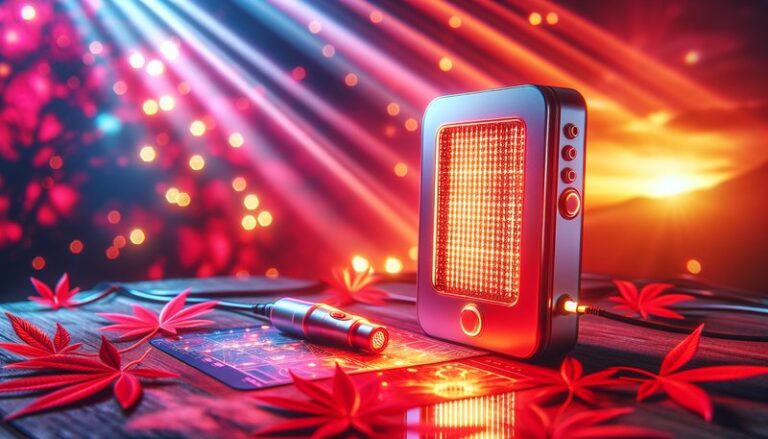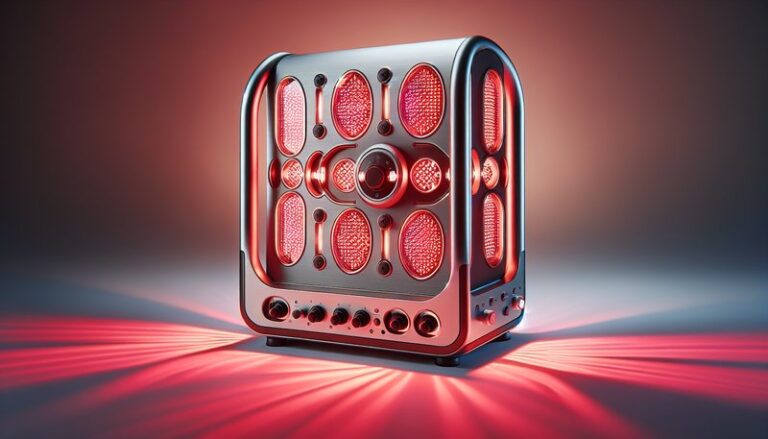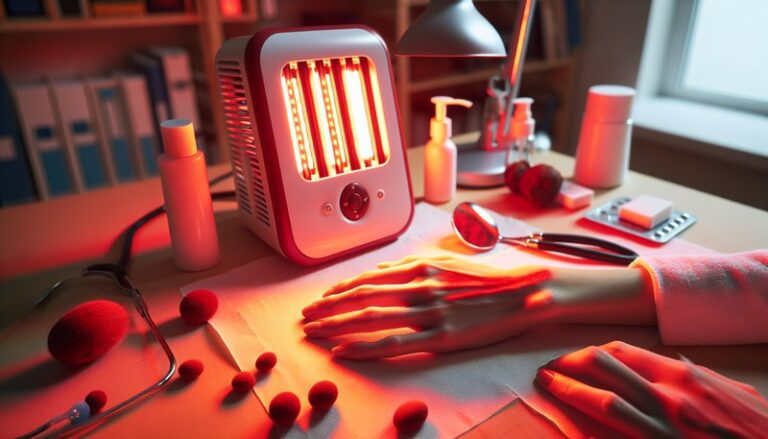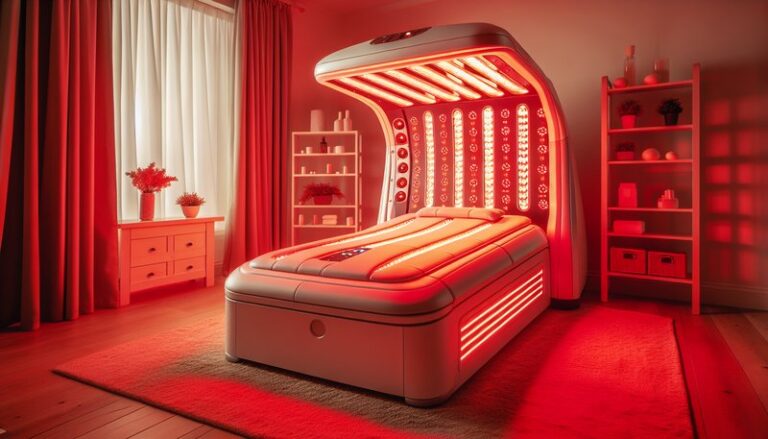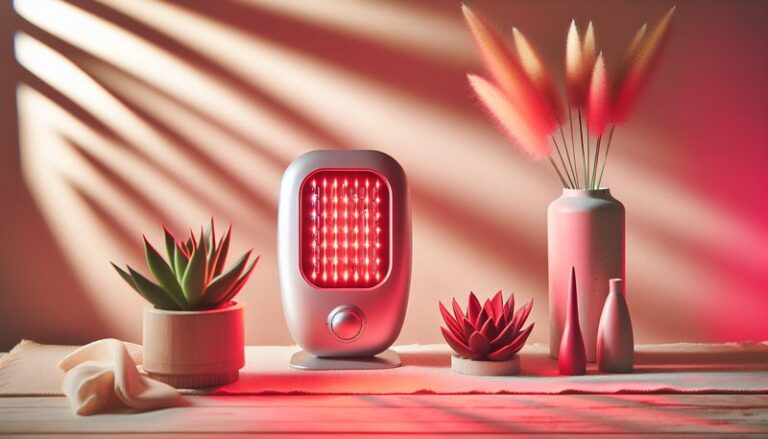How Long Should Red Light Therapy Be?
How Long Should Red Light Therapy Be?
Have you ever wondered how long you should actually be using red light therapy for optimal results?
In this article, we will explore the appropriate duration for red light therapy sessions, diving into the key benefits, factors to consider, and alternatives available. By understanding these aspects, you will be better equipped to make informed decisions regarding your therapy sessions.
Key Takeaways
- Red light therapy sessions typically last between 10 to 30 minutes, depending on the treatment area and device used.
- The frequency of treatments can vary from a few times a week to daily, depending on individual goals and conditions.
- Proper usage, including timing and distance from the light source, can significantly affect the effectiveness of red light therapy.
What is Red Light Therapy?
Red light therapy (RLT) is a non-invasive treatment that utilizes low-level wavelengths of red light to promote healing and reduce inflammation. This therapy is based on the principle that certain wavelengths of light can penetrate the skin and stimulate cellular processes, aiding tissue recovery and reducing pain.
Typically, red light therapy devices emit wavelengths between 600 to 1000 nanometers. They are used in various settings, from professional clinics to home devices designed for personal use. Red light therapy is often employed to tackle issues such as skin rejuvenation, joint pain relief, and even hair growth.
Mechanism of Action
The therapeutic effects of red light therapy are primarily due to a process called photobiomodulation. In this process, red and near-infrared light is absorbed by the mitochondria in cells, leading to increased ATP (adenosine triphosphate) production. ATP serves as the energy currency of the cell, thus encouraging faster healing, improved circulation, and reduced inflammation.
What are the Benefits of Red Light Therapy?
As we delve into the benefits, it’s essential to understand how these advantages can impact your health and wellness.
Cellular Repair and Healing
Red light therapy has been shown to enhance cellular repair processes. For instance, individuals recovering from sports injuries or surgeries may find that RLT accelerates their healing time as it stimulates collagen production and promotes tissue regeneration.
Get informed with When Can You Use Red Light After Botox?
Pain Relief and Inflammation Reduction
Many patients report significant relief from chronic pain conditions, such as arthritis, when utilizing red light therapy. Studies indicate that RLT reduces inflammation markers, providing a natural alternative to pain medications.
Skin Health Improvements
RLT is widely recognized for its cosmetic benefits, including improving skin tone, texture, and reducing wrinkles. Treatments can stimulate collagen production, leading to a more youthful appearance and aiding in the healing of acne scars and sun damage.
Enhanced Mood and Sleep Quality
Emerging research suggests that red light therapy can improve mood and sleep quality. By supporting circadian rhythms and reducing stress, RLT may offer benefits to those struggling with sleep disorders or seasonal affective disorder.
Is it Possible to Overuse Red Light Therapy?
While red light therapy is generally considered safe, it is possible to overdo it. The key to effective treatment lies in finding the right balance.
What are the Advantages of an Appropriate Duration?
Maintaining recommended session lengths can optimize results.
- Prevents Skin Irritation: Overexposure to RLT can lead to skin sensitivity or irritation.
- Maximizes Therapeutic Effects: Proper timing enhances the benefits, making sessions more effective.
- Maintains Consistency in Treatment: Adhering to set durations helps establish a routine, leading to better outcomes.
What are the Disadvantages of Overusing RLT?
Excessive use can lead to several challenges:
- Increased Sensitivity: Overexposure can result in reddened or irritated skin rather than healing.
- Diminished Returns: The body may adapt, leading to reduced efficacy of the therapy.
- Wasting Time and Resources: Longer sessions might not provide additional benefits, wasting both time and money.
What are the Things to Consider Before Using Red Light Therapy?
Before you begin red light therapy, there are several factors to evaluate to maximize safety and effectiveness.
Device Quality
Investing in a high-quality device is crucial. Look for products that are well-reviewed, provide specific wavelengths, and are designed for your intended use.
Treatment Goals
Understand your goals. Whether for muscle recovery, skin health, or pain relief, tailoring your session duration and frequency to your objectives will yield the best results.
Distance from the Device
The distance between you and the light source can influence effectiveness. Follow the manufacturer’s guidelines to ensure optimal benefits and prevent drawbacks.
Individual Sensitivity
Everyone responds differently to light exposure. Monitor how your body reacts, especially if you’re new to red light therapy.
Read the deep dive Does Red Light Therapy Worsen Hyperpigmentation?
What are the Alternatives to Red Light Therapy?
If red light therapy doesn’t seem suitable for your needs, consider these alternatives.
Cold Laser Therapy
Cold laser therapy also utilizes light for therapeutic effects but typically involves different wavelengths and techniques. It’s effective for pain relief and inflammation with a targeted approach.
Heat Therapy
Heat therapy, using pads or sauna-like environments, can alleviate chronic pain and stiff joints through increased blood circulation and collagen production.
Topical Treatments
Various creams and gels are designed to reduce inflammation and promote healing. They may not penetrate as deeply as red light but can be effective for surface-level issues.
Physical Therapy
Engaging with a physical therapist can provide personalized rehabilitation plans that combine exercise, massage, and electrotherapy, often yielding excellent results.
Conclusion: Is it Recommended to Use Red Light Therapy?
In conclusion, red light therapy has emerged as a promising treatment for various health issues, from skin rejuvenation to pain management. The recommended session duration typically lies between 10 to 30 minutes, depending on specific goals and device type.
As with any treatment, balance is key; overuse can diminish efficacy or cause adverse effects. If you consider incorporating red light therapy into your wellness routine, weigh its benefits against potential alternatives and consult a healthcare provider for tailored guidance.
Frequently Asked Questions
How often should I use red light therapy?
Typically, sessions are recommended 2-3 times per week for maintenance. For initial treatments, more frequent sessions of daily usage may be beneficial.
Can I use red light therapy on all body parts?
Yes, red light therapy can generally be used on any area of the body. However, sensitive or injured skin may require more cautious approaches.
Are there any side effects?
Generally, side effects are minimal. However, some users report skin irritation or mild redness, which typically resolves quickly.
How long before I see results?
Individual results may vary, but many users begin to notice improvements within 2-4 weeks of consistent use.
Is red light therapy safe for everyone?
While it’s generally safe, individuals with certain conditions, such as light sensitivity or specific skin disorders, should consult a healthcare provider before starting treatment.

